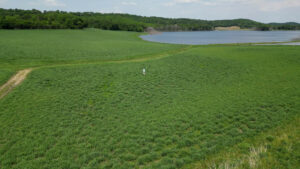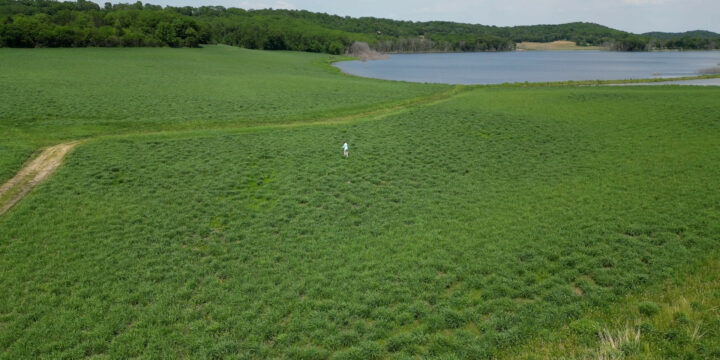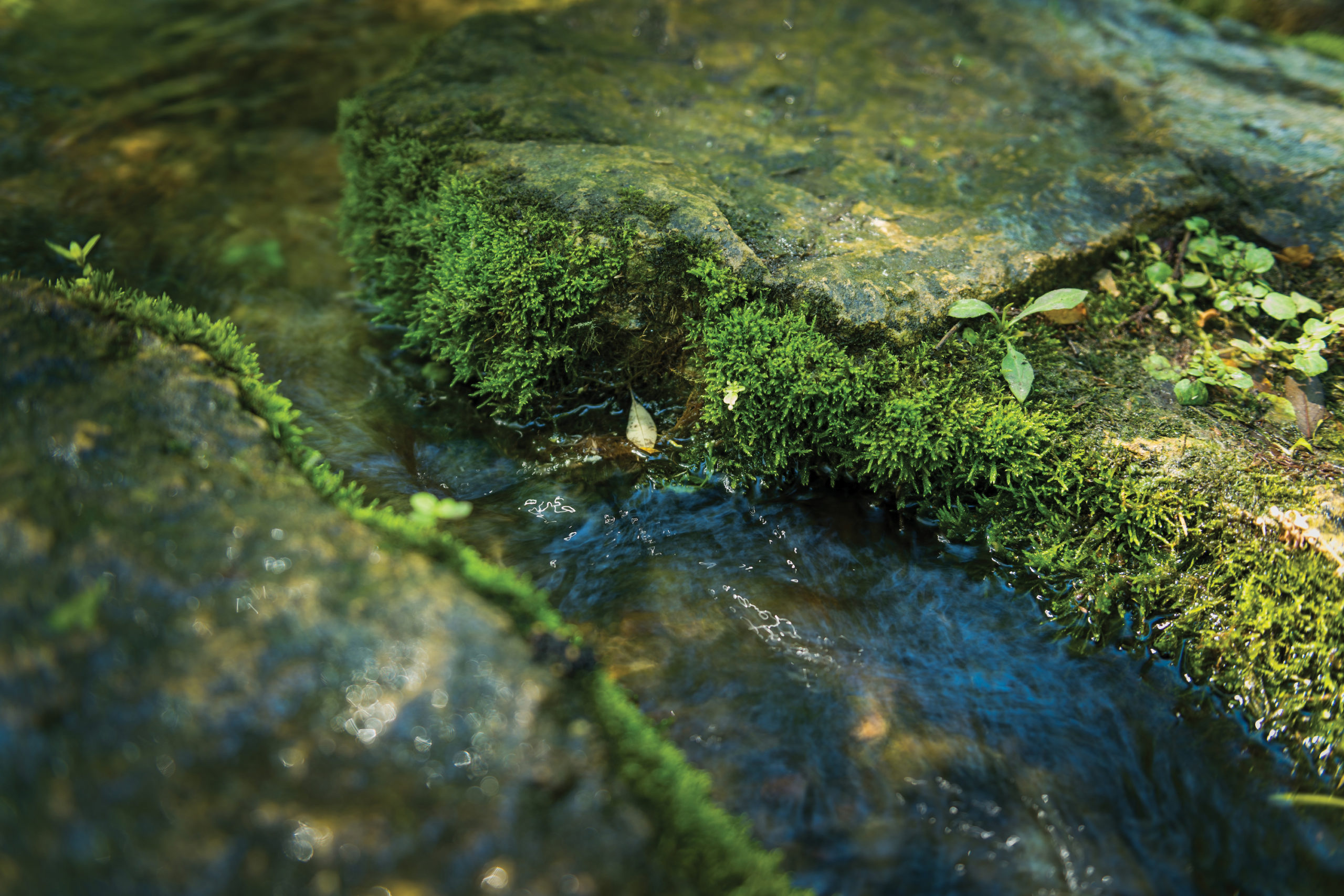The University of Wisconsin Water Resources Institute recently provided funds for three new projects that will conclude at the end of June 2025:
Risk From Pathogens and Exposure to Antibiotic Resistance Genes in Private Wells in Southwest Wisconsin, led by Maureen Muldoon at the University of Wisconsin-Madison
Here’s things that are true about the southwestern Wisconsin counties of Lafayette, Grant and Iowa: they are predominantly rural, people living there mostly get their drinking water from private wells and the water sources lie under fractured rock, which means septic systems and agricultural practices can more easily contaminate the water supply. This research team has recent findings of viral, bacterial and protozoan pathogens in 66 of the 138 private wells in the area, but the health risks associated with this contamination is unknown. That’s in keeping with the broader lack of knowledge about the health risk associated with private well water. This project has three objectives 1) quantify the health risks associated with 10 pathogens detected in wells 2) evaluate well construction and geologic factors for pathogen contamination and 3) assess antibiotic resistance genes’ co-occurrence with human and livestock fecal contamination.
An Experimental Investigation on the Leaching of Per- and Polyfluoroalkyl Substances (PFAS) From Contaminated Soil, led by Shangping Xu at the University of Wisconsin-Milwaukee
The majority of people in Wisconsin get their drinking water from groundwater. This project will attempt to build an understanding of how what are known as “forever chemicals,” per- and polyfluoroalkyl substances (PFAS), might move through soil and into groundwater drinking water sources. The research team will collect soil core samples from several Wisconsin locations, including samples based on factors like soil type, properties and PFAS contamination history. They will apply collected rainwater to the soil cores at rates simulating natural conditions. The rainwater flow patterns will be monitored, and leachate will be collected to measure its volume and its PFAS concentrations. If different transport behavior of PFAS within soil cores collected from different sites is observed, the comparison of the soil physicochemical properties and hydrological patterns will provide clues to the key factors that control PFAS mobility within the vadose zone (where the land and the aquifer meet). This work may also yield knowledge of “high risk” and currently overlooked PFAS areas.
Long-Term Threat of Geogenic Contaminants to Water Quality and Quantity in the Midwestern Cambrian Ordovician Aquifer System, led by Matt Ginder-Vogel at the University of Wisconsin-Madison
The Cambrian Ordovician Aquifer System underlies most of Wisconsin. It’s a system with naturally occurring contaminants—uranium, radium, arsenic and manganese. This project seeks to understand the sources and temporal trends of these contaminants because their variations complicate municipal water system management. The research team will identify six study sites, obtain well cuttings and/or core materials from the sites, quantify the presence and prevalence of potential contaminants and then construct models of how the contaminants move in the system. This will help water managers build and manage wells in a way that prevents water users from being exposed to contaminants.

Two University of Wisconsin-Madison-based projects kicked off last July and are ongoing with completion targeted for next year:
Aligning the Wisconsin Idea on Water: Interpreting Public Perspectives and Values, led by Michael Cardiff
This project is documenting rural perspectives (attitudes, perception and values) related to groundwater issues, and the variability of these perspectives within the state through “Wisconsin’s Waters Survey”—a community-sourced public survey to be delivered to a range of rural communities. Rural land covers most of the state, overlying the majority of groundwater, and the range of issues that may be important to the rural public is vast, from quality concerns such as nitrate and microbial contamination, to quantity concerns that include agricultural irrigation needs and impacts of groundwater to springs and streamflows.
Biomanipulation of Groundwater Flooding, led by Steve Loheide
This project is examining the causes of groundwater flooding, which leads to the loss of farmland and permanent inundation of homes. Such flooding can happen when extremely flat, internally or poorly drained landscapes get hit with a quantity of rain that doesn’t otherwise drain away, infiltrate the soil without flooding or dissipate through the atmosphere. The research team is examining Dane and Columbia counties’ flood records from the 1930s to the present to identify flood causes and how such factors may have changed through time.




